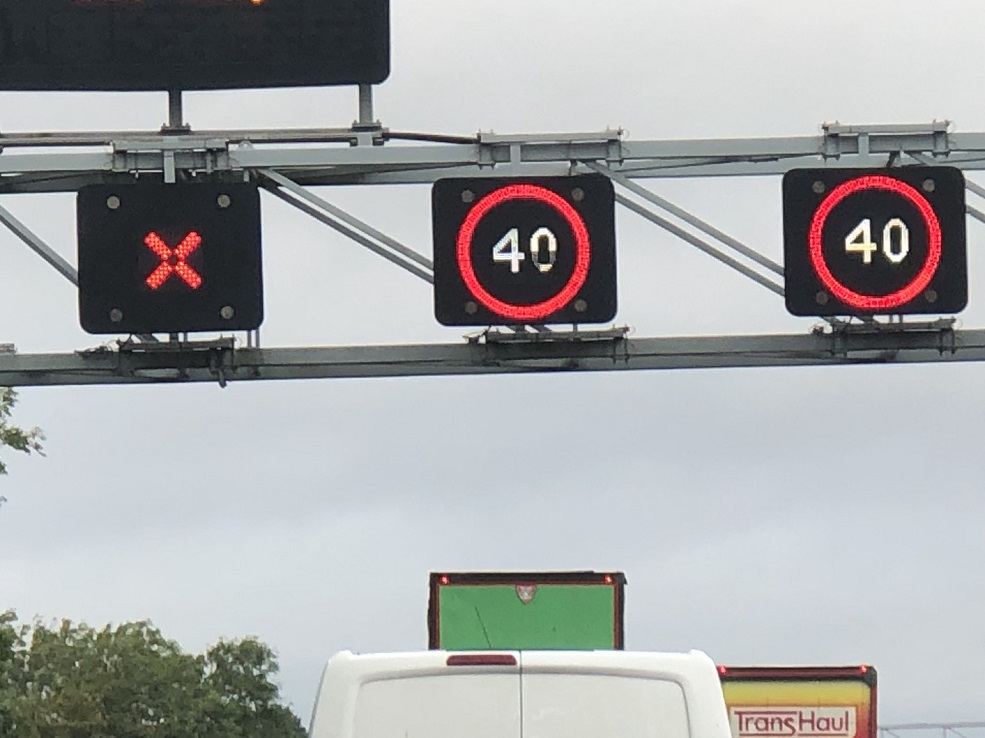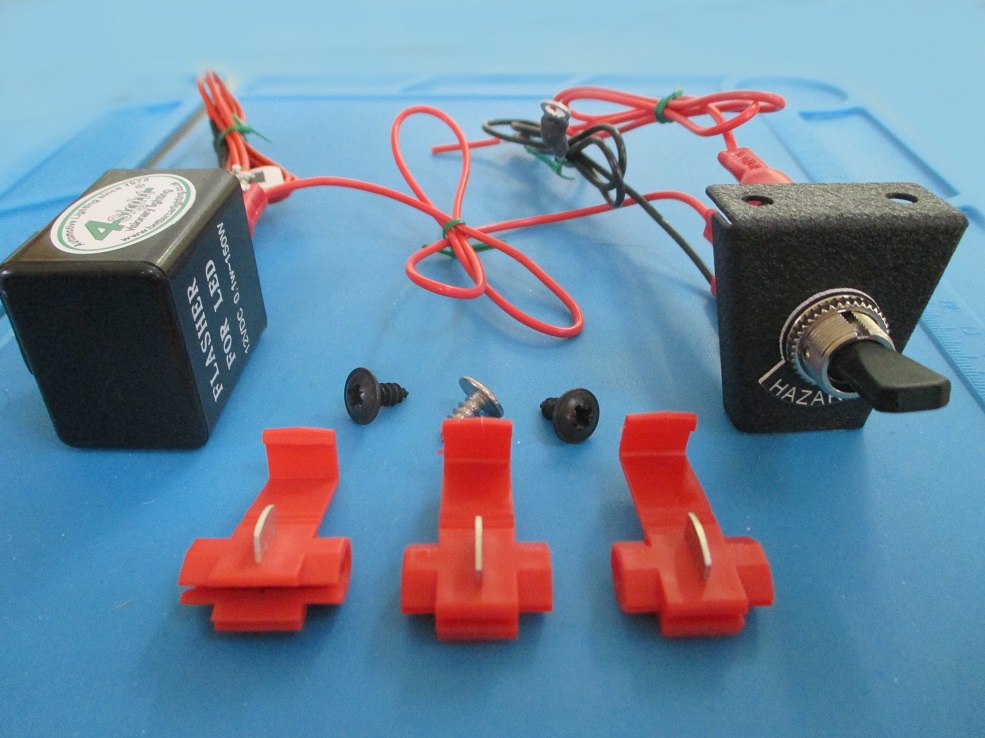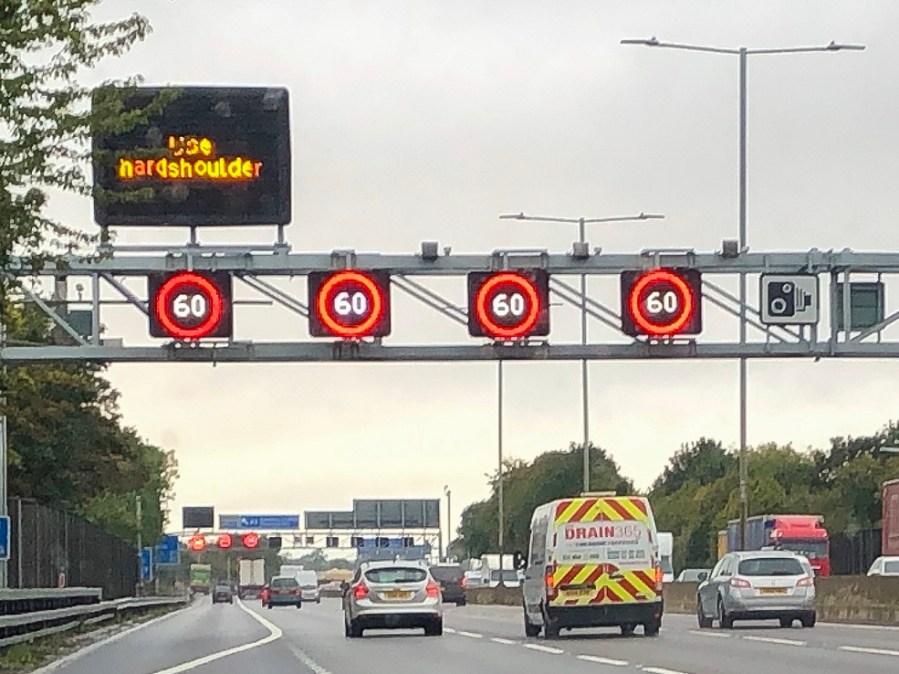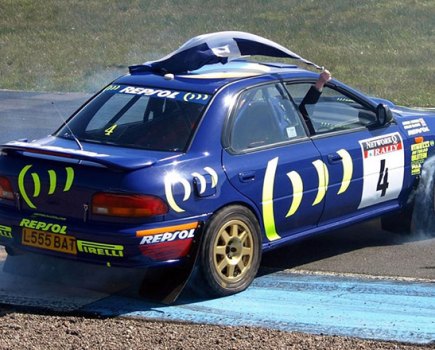The controversy surrounding smart motorways has gathered even more pace following the revelation that breaking down in a live lane on an all-lane-running (ALR) motorway is a whopping 216 per cent more dangerous than doing so on a conventional one with a hard shoulder.
The same report also revealed the length of time a broken-down vehicle takes to spot on average, and how long before a red ‘X’ is switched on – with both likely to shock classic car owners.
The figures come from a Highways England report written in 2016, but only recently discovered by the AA. Entitled ‘Stationary Vehicle Detection Monitoring’, it was compiled using data from breakdowns on live lane incidents on all-lane-running sections of the M25.
According to the report, it takes an average of 17 minutes and one second for Highways England’s control centres to spot a broken-down vehicle in a live lane when Stationary Vehicle Detection (SVD) systems are not in place. A freedom of information request by the AA revealed that out of the 135.1 miles of such schemes in England, only 24.2 miles are covered by SVD, which are both on the M25. SVD will not be operational on the M3 J2-4a until 2021, while other schemes won’t be completed until 2022.
The report also reveals Highways England’s targets give a three-minute window in which to set a signal change, such as bringing up a red X symbol to close the lane when a vehicle stops in it. Highways England says this is regardless of which method is used to detect the broken-down vehicle.
The AA also learned that seven per cent of Highways England’s CCTV overlooking motorways is in ALR sections, using cameras that can only look in one direction at a time. That means that if an incident occurs northbound, the operative is unlikely to spot a southbound incident until the camera is turned around.
On the cheap?
There are two types of Smart motorway in the UK. The first is where the hard shoulder is opened to traffic when it’s at high volumes, which began in 2006. However, all-lane-running differs in that the hard shoulder is open all the time, effectively converting a three-lane motorway into a four-lane one. For the government it’s a more cost-effective way of increasing road capacity without completely rebuilding a motorway, but this has led to accusations of increasing capacity on the cheap without paying attention to safety concerns. The new figures discovered by the AA only add credence to these claims.
AA president Edmund King said: “Taking three minutes to set the red ‘X’ is too long for someone in a broken-down vehicle to wait. Expecting someone to wait in a dangerous and life-threatening position for 20 minutes is simply inexcusable.
“This smoke and mirrors approach to the removal of the hard shoulder has gone on long enough. There have been too many incidents, too many near misses and too many excuses as to why promises have been bent or broken. We must stop removing the hard shoulder immediately and double the number of emergency refuge numbers already in place.”

To add further fuel to the fire, Clare Mercer, the widow of a man killed on a smart motorway, plans to sue Highways England for corporate manslaughter. Her husband Jason died on June on the M1 near Sheffield, where the hard shoulder is now an active lane. He was involved in a minor collision but when he and Alexandru Murgeanu from Mansfield got out to exchange details, they were hit by a lorry. Both died at the scene.
His widow, Clare Mercer, said Highways England must reconsider using hard shoulders as live lanes. “I want the whole system stopping with immediate effect while independent bodies analyse the facts,” she told the BBC.
As we’ve discussed previously, it’s a fact of life that all vehicles are susceptible to a mechanical failure, but age limits on certain breakdown policies and increased cost for covering a classic vehicle shows that most companies believe older cars to carry a greater risk. This situation is not helped by replacement parts now often being of a lower quality than OE-spec items, and potentially by a lack of mandatory MoT test for older vehicles.
The Highways Agency is surprisingly light on protocol should you be stranded in a live lane. It says to switch on your hazard warning lights and any other lights such as rear fog lights or side lights, to increase your visibility especially if it’s dark or foggy. It also advises exiting the vehicle and waiting in a safe place, but if there is no safe place to do so or you feel your life is in danger, it says you should stay in your vehicle with your seat belt on. If you have a mobile phone, it says to dial ‘999’ immediately.
However, older pre-1965 may not be fitted with seatbelts, and though many will have had belts retro-fitted by now, they are unlikely to be up to the standard of modern belts. What’s more, only cars registered after April 1 1980 must be fitted with a rear fog, and hazard warning lights only became mandatory for cars first used after March 1986, meaning many older cars won’t have them.

Kits are available to retro-fit safety lie hazard warning lights to older vehicles
“The creation of so-called smart motorways makes it imperative to have hazard warning lights available,” Gil Keane of Better Car Lighting (0121 773 7000) told CCB. “Few older cars had these fitted as standard, but I have developed a range of quick and easy to fit hazard warning light system that will work on positive or negative earth cars, and with LED or standard bulbs. Whether the car is from the ‘30s, ‘50s or ‘70s, I have a kit which will look original and will work with what is already on the car.
“I believe that those of us who love owning and using older cars have a responsibility to ourselves and other road users to make our time out on the roads as safe for all concerned as possible.”
You could simply avoid motorways in your classic of course, but this isn’t always practical, and the thought of being restricted from certain roads leaves us feeling uneasy. In our view, it’s best to keep your classic well maintained and perhaps making a few sympathetic upgrades. Talk to specialists, talk to owners’ clubs – a few sensible upgrades could make all the difference.






